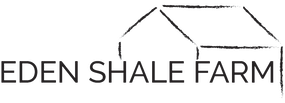|
In addition to renovating the barn flooring and feeding areas, we also needed to address existing water drainage issues. This allowed us to design the calving barn into one of our water harvesting facilities and installed a tire waterer. One of the main problems with the dairy barn was the position of the down spouts from the gutters. The down spouts drained out where the concrete pad met the dirt floor of the barn. The water would create a large puddle and eventually flowed into the barn, creating a muddy mess. Some of the structural posts began to rot from the water flowing into the barn. The images below show the position of the down spouts discharging onto the concrete and the subsequent damage caused to the posts. To address this issue, we removed the down spouts and old gutters and replaced them with new gutters and pipes to redirect the water away from the production area. There was nothing on the back side of the barn, so it was a perfect spot to place tanks to collect water. Here is what the back side of the barn looked like before the tanks were installed. We placed the four 3,000 gallon tanks here, on top of geo-grid and class-sized sand. This provides the tanks with a stable surface and helps to distribute the weight of the tanks when they are full. The gutters on both sides of the barn collect into PVC pipes and flow through the barn and into the tanks. The four tanks are all plumbed together to create 12,000 gallons of storage. They are also plumbed together at the top so that once they are full and it is still raining the overflow is carried away down to the creek underground in a overflow pipe. This allows us to control the flow of water away from the area and reduce the amount of erosion due to water runoff. Once we had the water harvesting equipment in place, we installed a tire waterer that would gravity fill from the tanks. This is the waterer that was in place before we installed the tire waterer. This small two hole waterer was hooked up to city water and the replenishment rate was not fast enough to keep up with a thirsty herd. This water tank also had significant erosion around it and the concrete had shifted enough that we were not able to adjust the float enough to keep it from leaking continually. Once the old waterer was removed, we moved up the hill, flatten out a new spot for the tire waterer then poured concrete in and around the 8 foot tire. This allowed us to create an 8 ft apron that the cows will stand on while they are drinking. This is necessary as this will be a watering location during the winter feeding months. Once the tire waterer was installed, we put up the fencing around the feeder and backside of the calving barn. This was the only fence line that we added which allowed us to access an additional field for the calving/winter feeding area. The fencing was used to split the tire waterer so that it will service two separate pastures. To prevent the calves from getting into the water, we added fencing over the tire. We love the tire water tanks that we have at the farm. They provide a good source of clean harvested water that allow multiple animals to drink at the same time. The 8 foot tires hold around 800 gallons so there is ample supple to water a thirsty herd in a short amount of time. Tire water tanks are a good addition to any cattle operation. For more information on tire waterers, visit the "Producer Resources" tab then click the "Tire Waterer" button. Comments are closed.
|
Archives
June 2024
Categories
All
Welcome |
CONTACT US |
EMAIL SIGN UP |
|
Eden Shale Farm
245 Eden Shale Rd. Office: (859) 278-0899 Owenton, KY 40359 Fax: (859) 260-2060 © 2021 Kentucky Beef Network, LLC.. All rights reserved.
|
Receive our blog updates
|


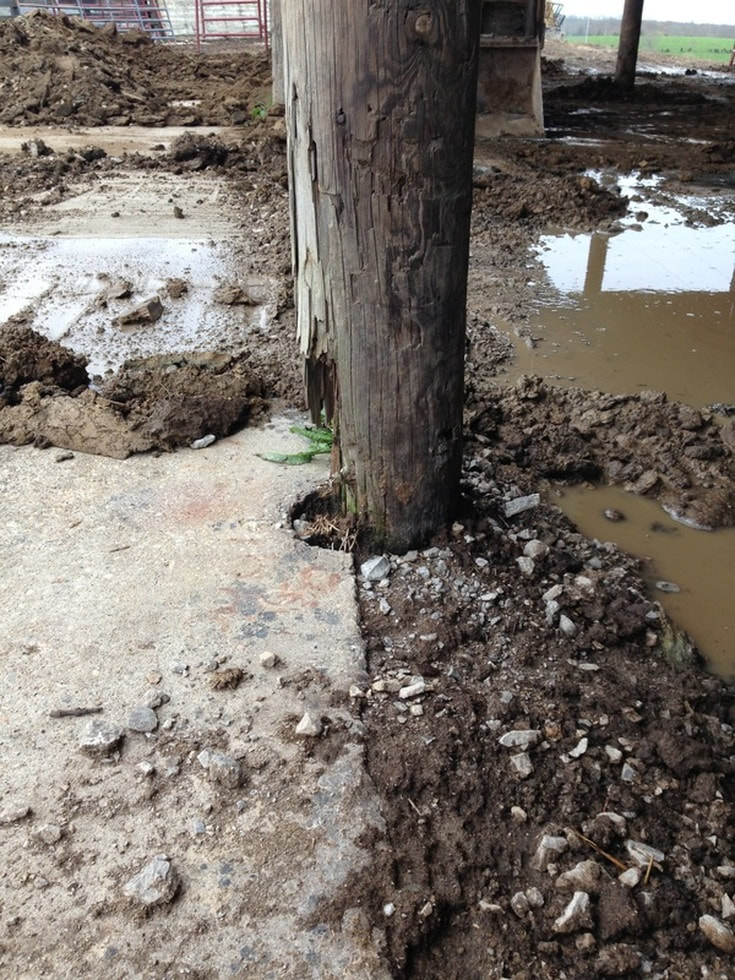
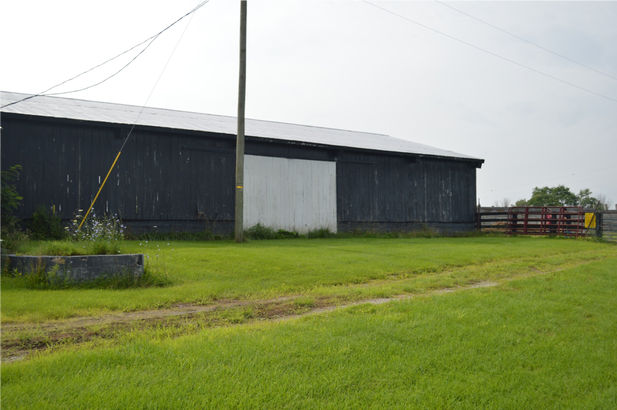



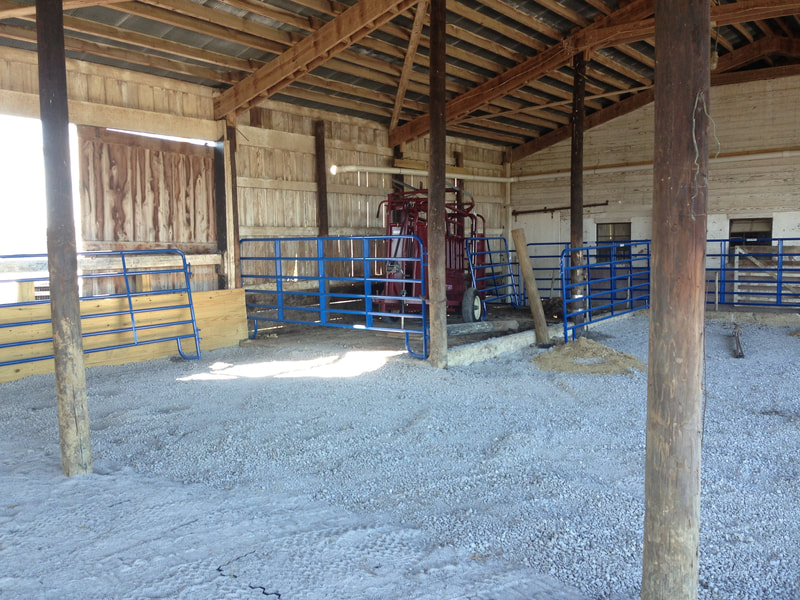
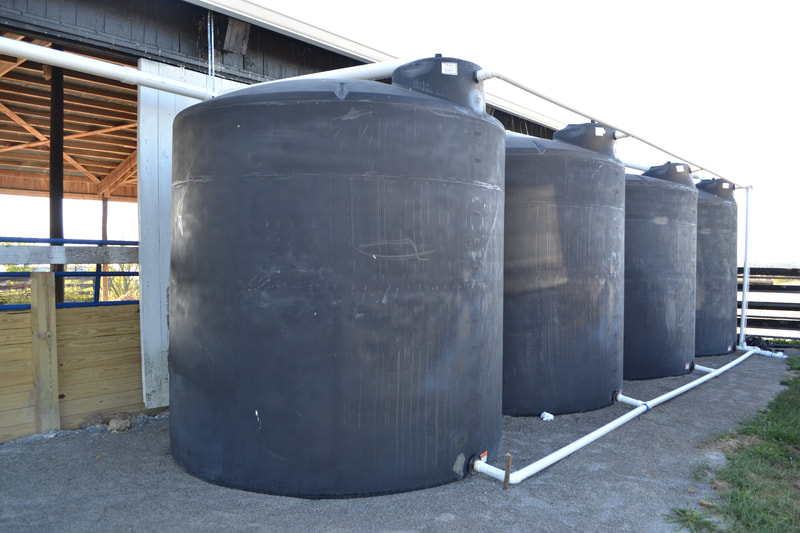
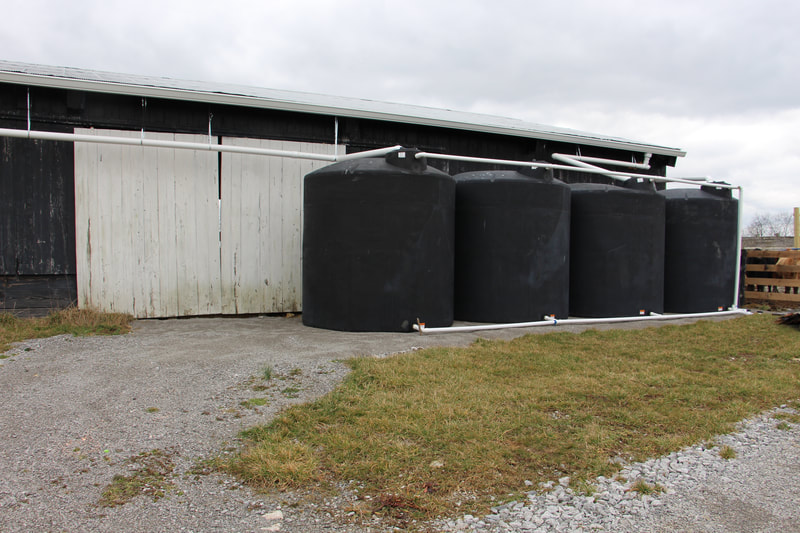
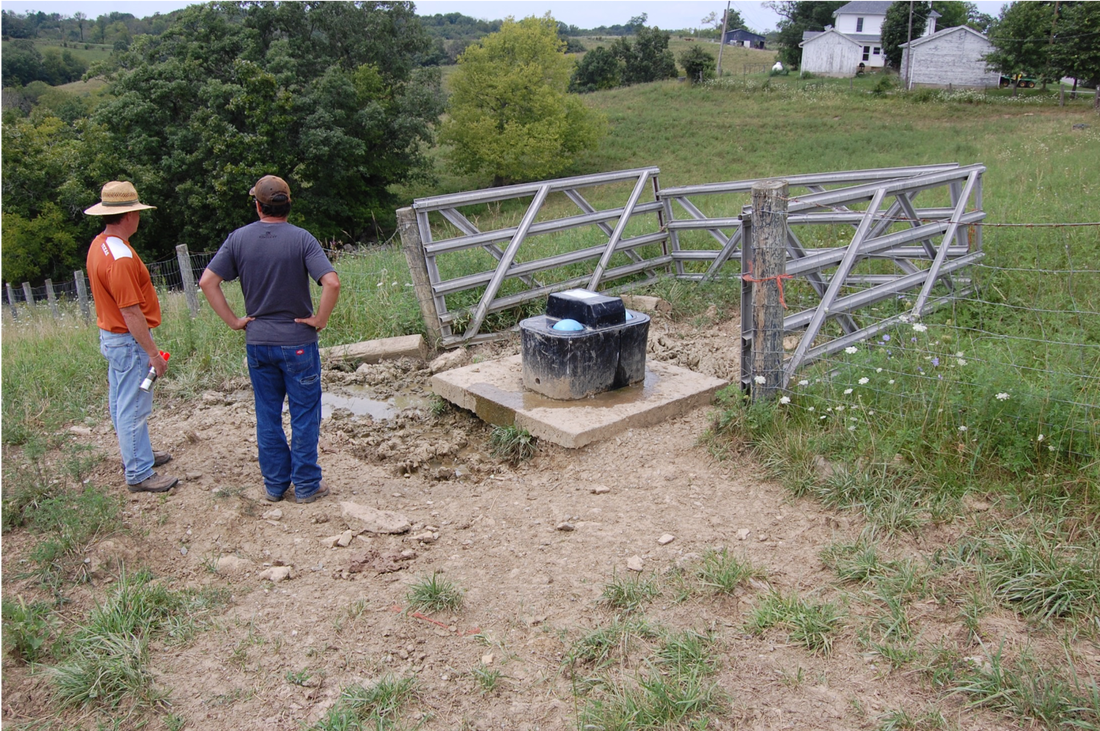



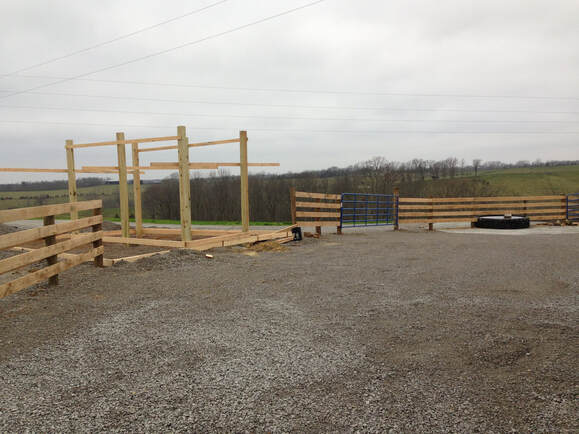
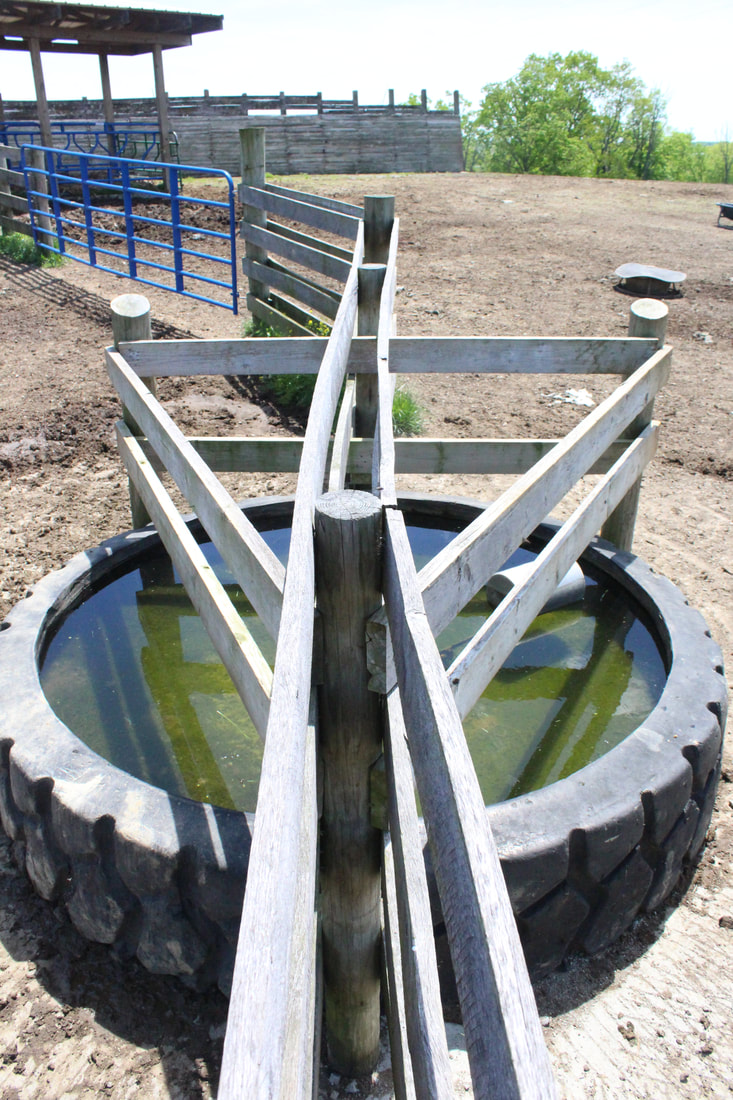
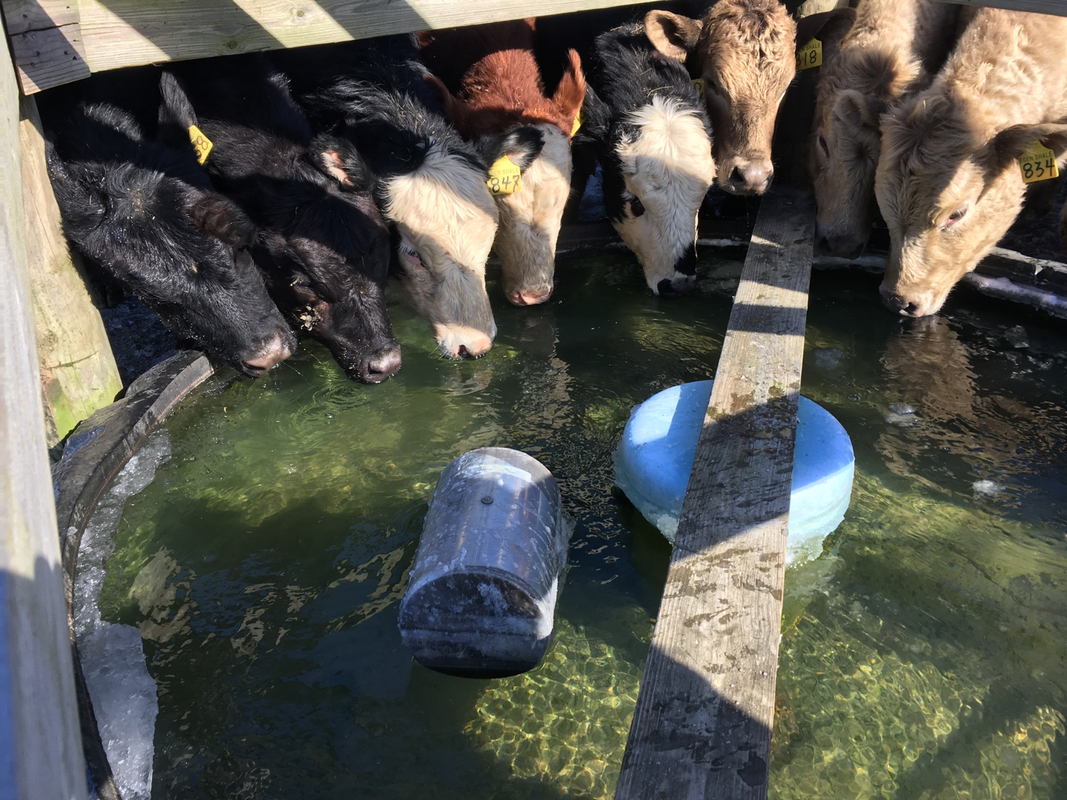
 RSS Feed
RSS Feed
